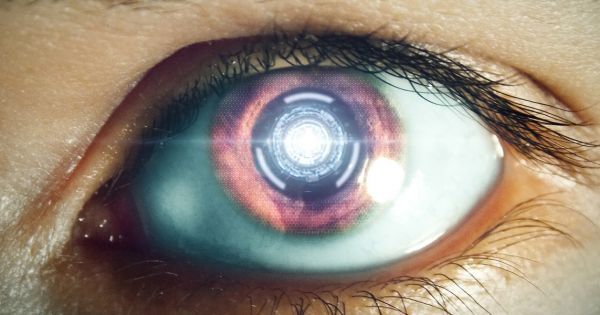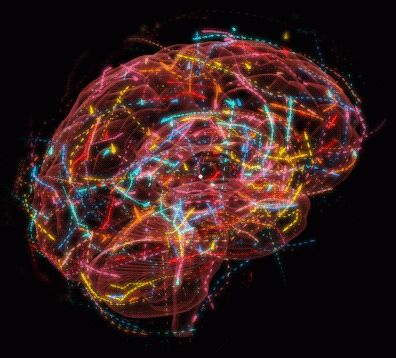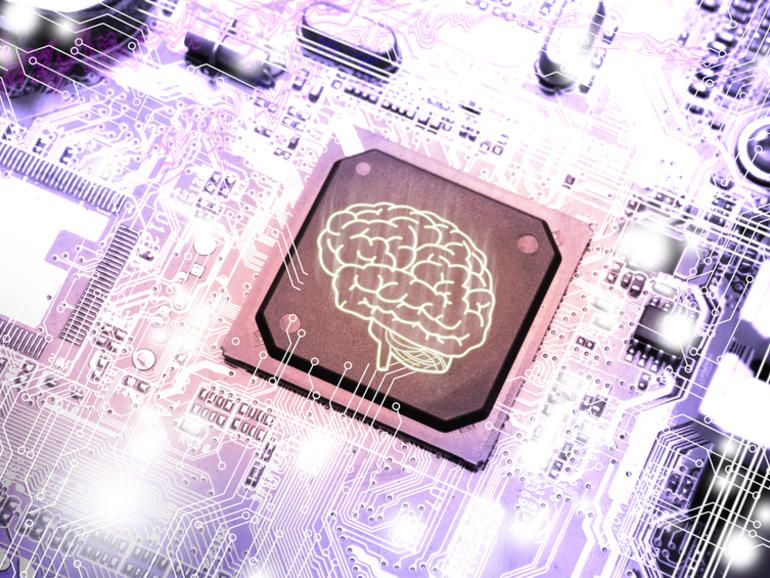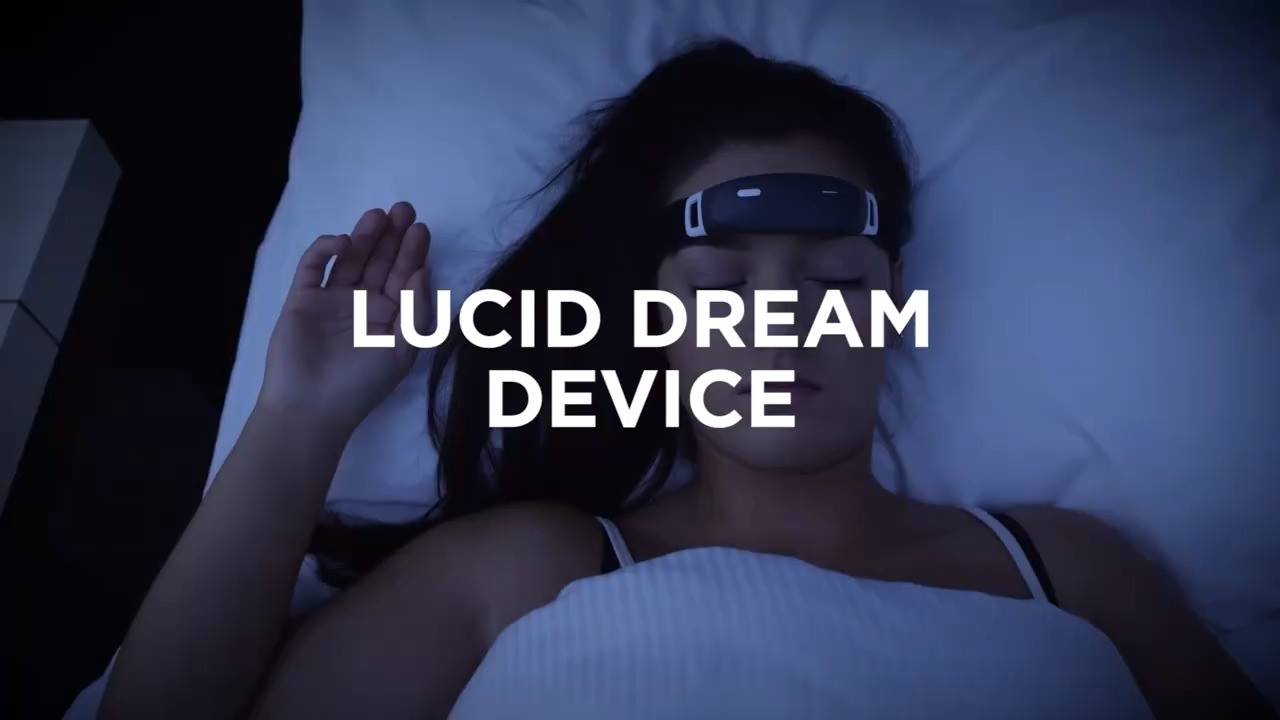Biologists at Caltech have developed a new system for visualizing connections between individual cells in fly brains. The finding may ultimately lead to “wiring diagrams” of fly and other animal brains, which would help researchers understand how neurons are connected.
“To understand how the brain works we need to know how neurons are wired to each other,” says Carlos Lois, research professor in the Division of Biology and Biological Engineering at Caltech and principal investigator of the new research, which appears in the November issue of the journal Development. “This is similar to understanding how a computer works by looking at how transistors are connected.”
Animals are made up of different types of specialized cells. In order for an animal to function, the cells have to be able to communicate with each other. For example, neurons directly communicate with muscle cells so that an animal can move. In diseases such as cancer, this communication process can go awry: when tumors metastasize, they no longer “listen” to neighboring cells that tell them not to grow. Instead, the cancer cells grow uncontrollably and migrate to other parts of the body.
Read more









